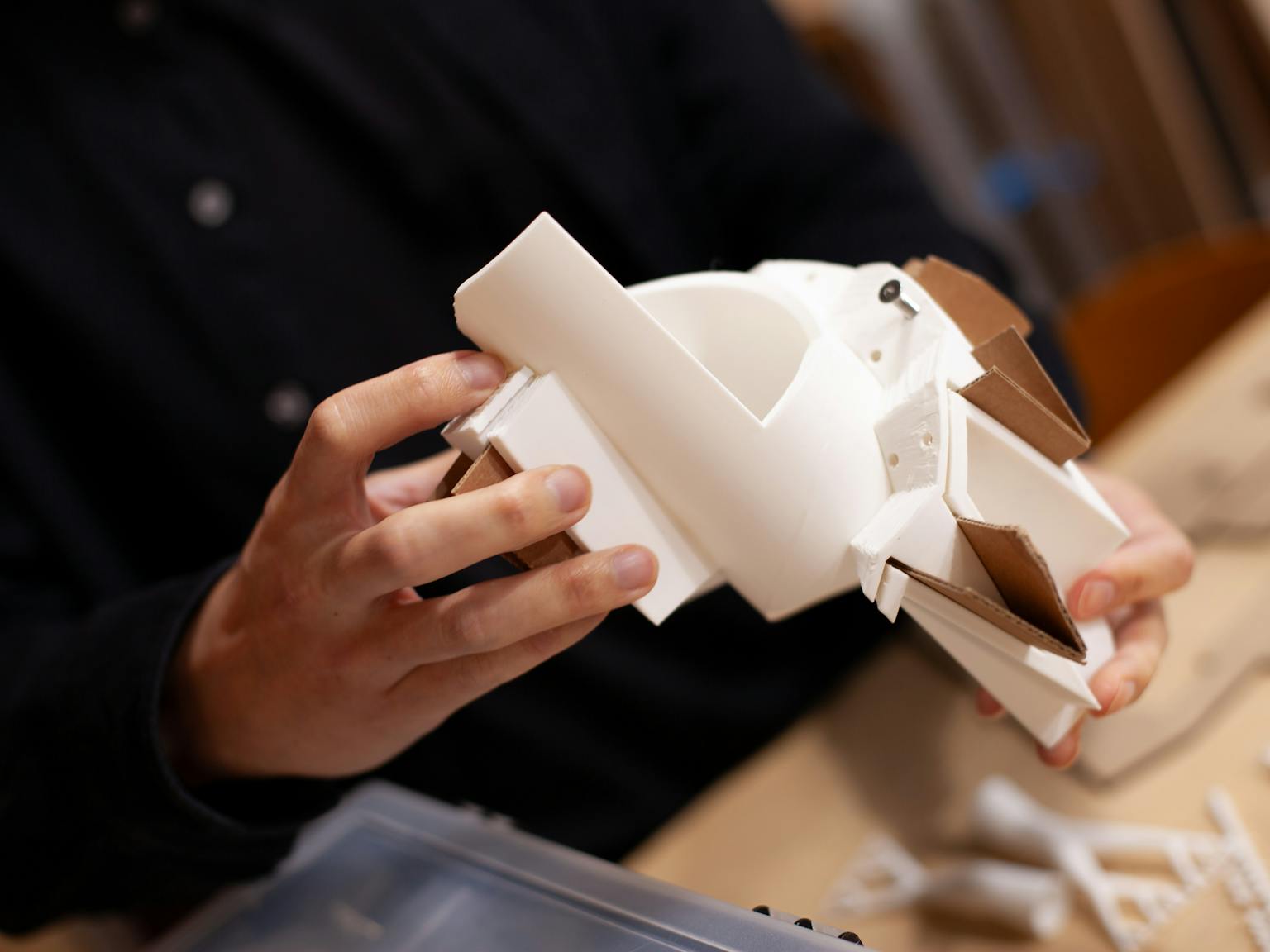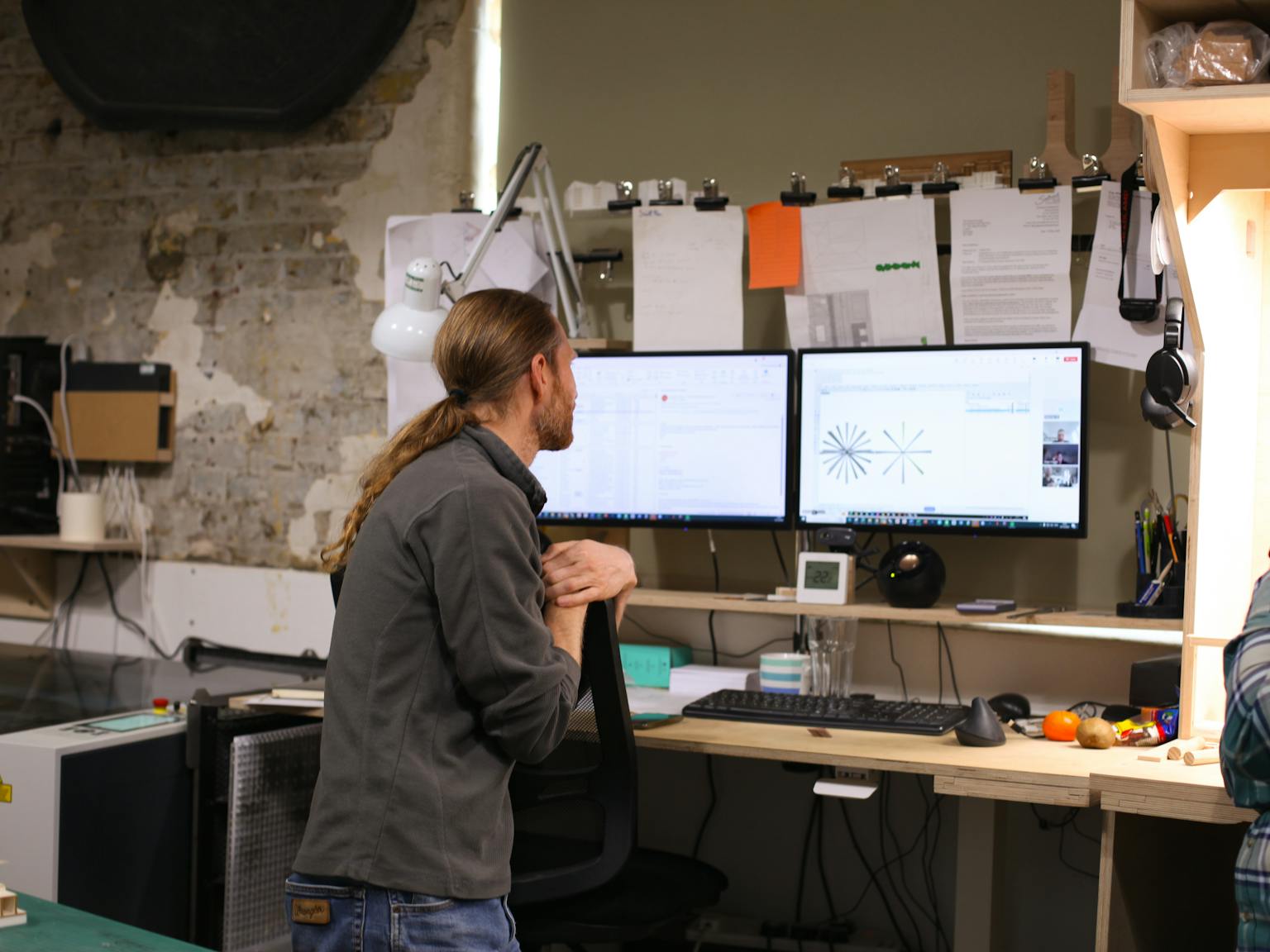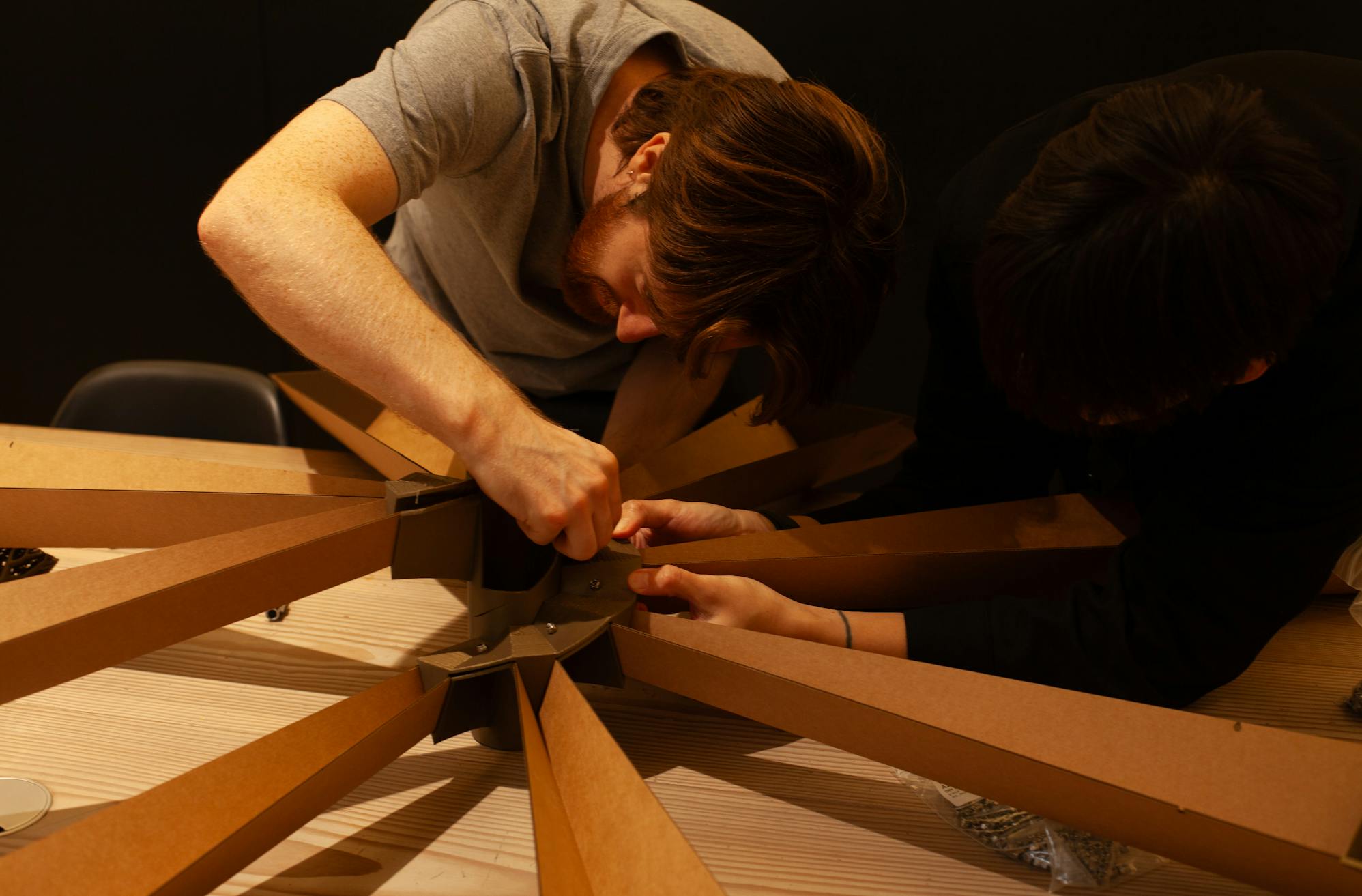

The Power of Computational Design in Our Christmas Tree Project
Giulia Pustorino, Head of Digital at WW+P, writes about the computational design involved in the 2024 WW+P Christmas tree.
The rapid evolution of digital technology presents a steep learning curve, and in the architectural sector, the challenge of keeping pace with these continuous changes is significant. At WW+P we always look for innovative and engaging methods to bring digital technology to everyone's attention.
We believe in the transformative power of computational design to revolutionise our creative processes. By leveraging data analysis, we inform and guide decision-making during the design journey, promoting clear thinking and a rigorous conceptual approach. This methodology allows us to rely on objective data to understand complex design problems better, visualise potential solutions, and make informed decisions. Computational design is not just a tool; it's a robust and efficient methodology that offers significant advantages.


This festive season, the Digital specialists have taken the lead in creating the Christmas tree, a project that shows the power of computational design. We assembled a team that brought together all the expertise needed to design and build a sculpture that will illuminate our London studio in the coming months. Design Director Philip Turner led the design, while our computational designers studied it. The unique skills of Isabella Bhoan and her Landscape team have been crucial to the process, and Toby Loughton, Head of Model Making, has ensured its feasibility for construction.
The objective was to showcase a structure built with complexity but using simple gestures and design principles inspired by natural elements; a Christmas tree that would act as the attractive focal point of the studio during the festive months.
The resulting tree is more than just a festive decoration. It shows the power of computational design in crafting meaningful and innovative designs. A huge shout-out to Philip Singer, Shahé Gregorian, Engeland Apostol, Szymon Wojtyla, James Ford, Gregor Ferguson, Jasper Choi, Carmen Du, Kelci Vittachi, and Esther Chan, who embraced the spirit and made this project possible. There's no better way to learn than by doing, and the Christmas tree project has given us unique opportunities to dive deep into our computational skills.
Computational design enhances our design processes, helps to achieve greater efficiency, and fosters innovation. This approach enables to tackle complex design challenges with confidence and creativity, ultimately delivering superior results that resonate with both clients and the broader community.
As we share our beautifully designed Christmas tree, let's celebrate the spirit of innovation. Happy holidays.
